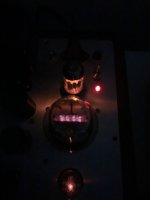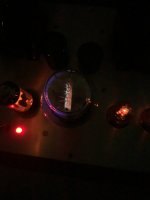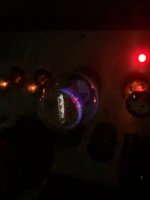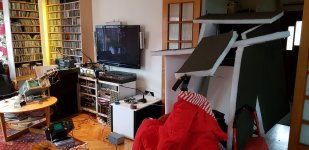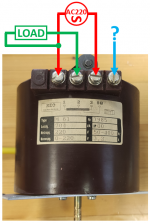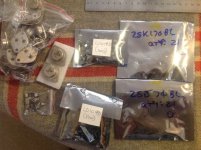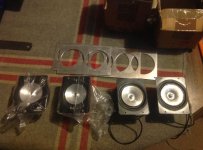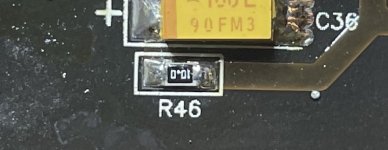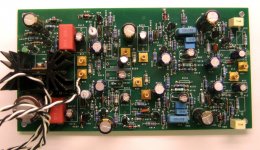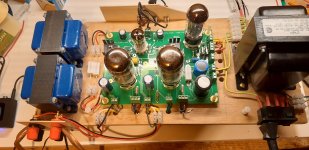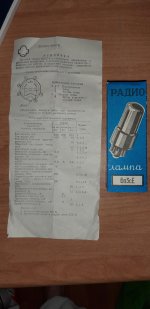Sansui TU-555 no stereo recepetion
- By Depaj
- Analogue Source
- 4 Replies
Hi!
I got a little Sansui TU-555 tuner. When I first got it reception was very weak and no stereo. A lot of caps were bad so I started by changing them, touching up the soldering and replacing the famous 2sc458 transistors. The result was slightly better reception. I than cleaned the local/dist switch on the back and now reception is great only it doesn't decode stereo : I checked and double checked the orientation of the caps I changed, tested the 4 transistors on the multiplex circuit that are fine, changed the trimmer resistor, cleaned the remaining switches but there's no improvement. When I turn the trimmer resistor clockwise all the way I have a faint glow from the stereo bulb when tuning to stereo stations but when I listen to it it's clearly still mono...
I got a little Sansui TU-555 tuner. When I first got it reception was very weak and no stereo. A lot of caps were bad so I started by changing them, touching up the soldering and replacing the famous 2sc458 transistors. The result was slightly better reception. I than cleaned the local/dist switch on the back and now reception is great only it doesn't decode stereo : I checked and double checked the orientation of the caps I changed, tested the 4 transistors on the multiplex circuit that are fine, changed the trimmer resistor, cleaned the remaining switches but there's no improvement. When I turn the trimmer resistor clockwise all the way I have a faint glow from the stereo bulb when tuning to stereo stations but when I listen to it it's clearly still mono...
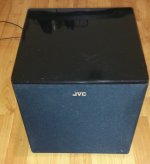
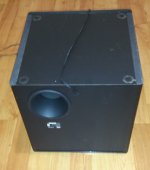


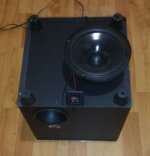
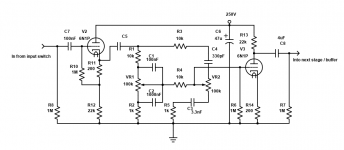
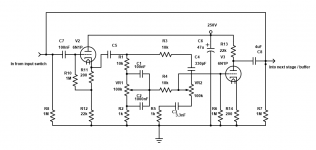
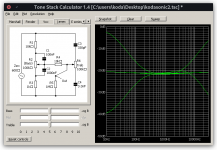
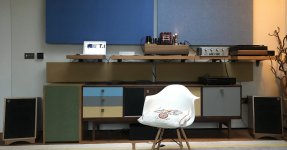


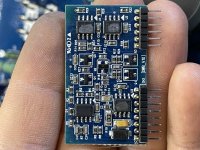
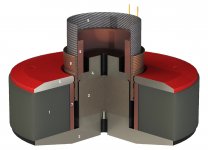
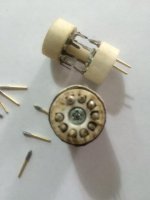
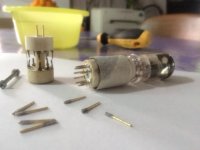
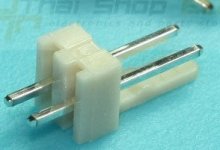
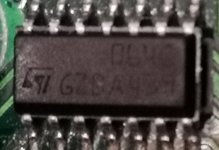

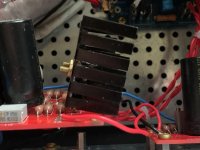
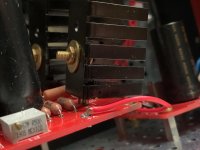
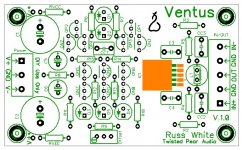
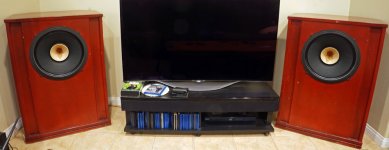
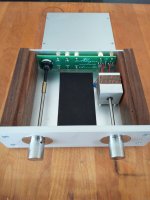

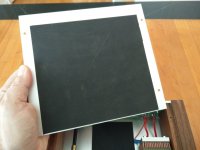
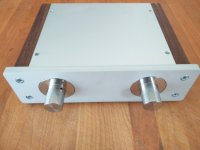
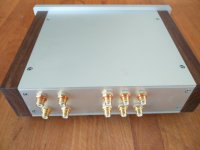
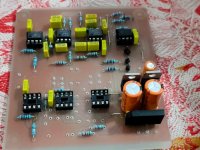

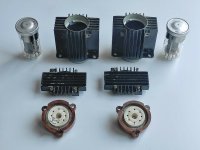
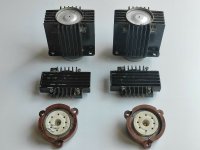
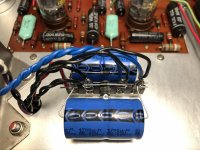
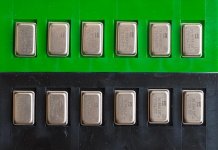
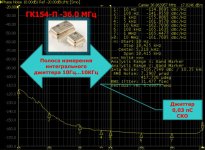
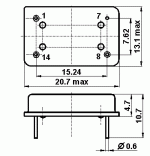

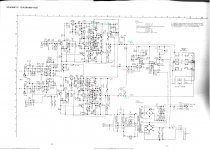

 )
)
